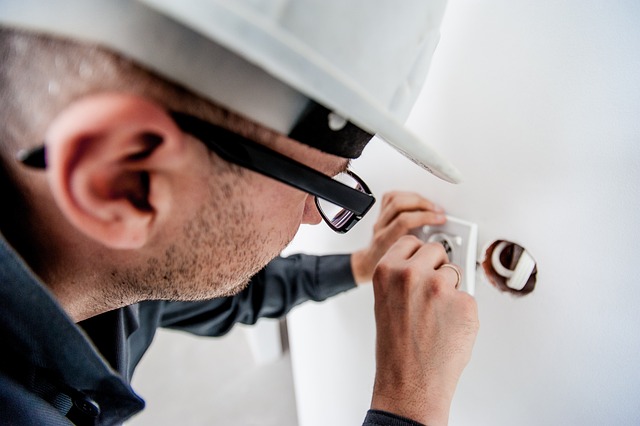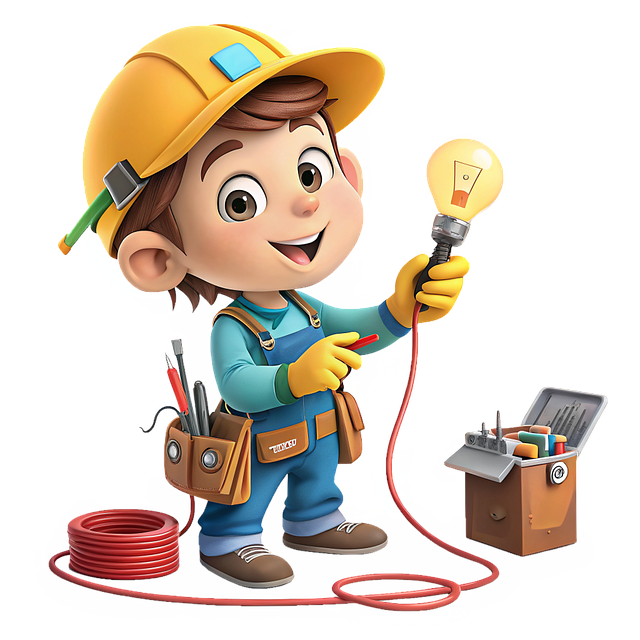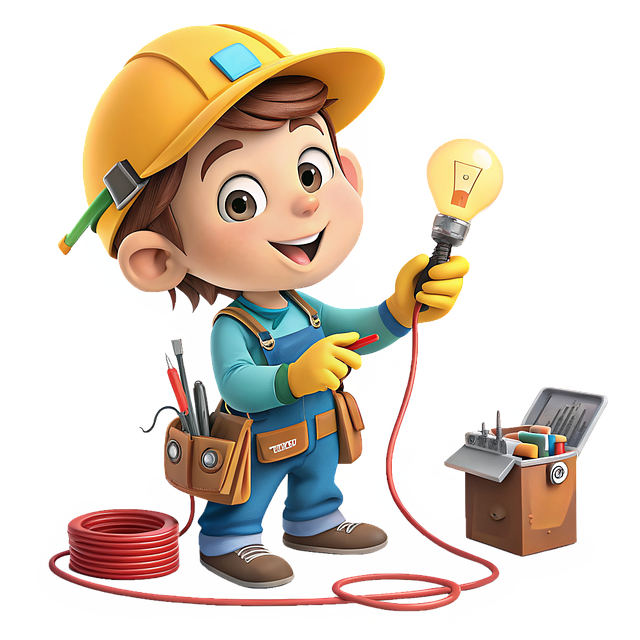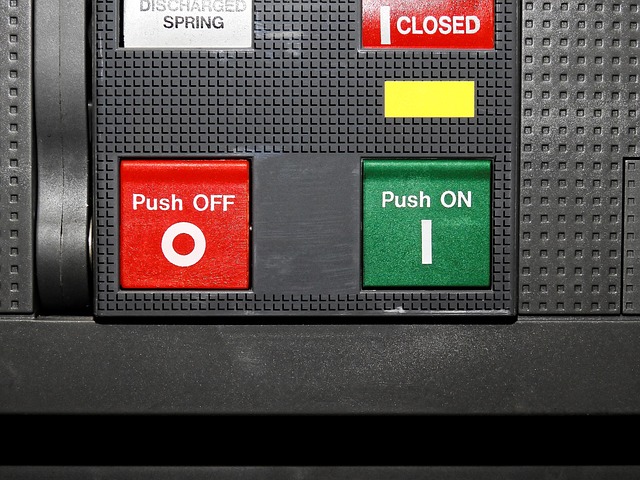Electrical malfunctions pose significant risks, so homeowners and business owners should be aware of common issues, consider regular inspections by a electrician, and use tools like voltage testers and multimeters. If problems arise, pinpoint the scope of the issue, check circuit breakers, inspect the electrical panel for connections or damage, and test appliances systematically. For complex or hazardous situations, call a professional electrician immediately to prevent fires, shocks, or other life-threatening risks. Outdated electrical systems also require expert attention.
Are you tired of flickering lights or power outages? Learning to troubleshoot and fix basic electrical malfunctions can save you time, money, and potential panic. This guide equips homeowners with essential knowledge for navigating common issues. From identifying faulty circuit breakers to understanding grounding problems, we break down effective troubleshooting steps. Discover when it’s best to call a professional electrician and rest easy knowing your home’s electrical system is in reliable hands.
- Identifying Common Electrical Malfunctions
- Troubleshooting Steps for Homeowners
- When to Call a Professional Electrician
Identifying Common Electrical Malfunctions

Electrical malfunctions can range from minor inconveniences to serious safety hazards, making it crucial for both homeowners and business owners to understand common issues. One of the first steps in troubleshooting is identifying the problem. Frequent electrical malfunctions include flickering lights, circuit breakers tripping frequently, outlets that don’t work, or unusual smells coming from fixtures.
A qualified electrician can help pinpoint these issues, using tools like voltage testers and multimeters to diagnose problems with wiring, overloaded circuits, faulty appliances, or outdated electrical systems. Regular inspections by professionals are essential in identifying potential hazards and ensuring the safety of your space.
Troubleshooting Steps for Homeowners

As a homeowner, encountering electrical malfunctions can be concerning but manageable with the right troubleshooting steps. Start by identifying the issue; is the problem limited to one appliance or affecting multiple devices? Check circuit breakers for any tripped switches and reset them if necessary. If the problem persists, locate your home’s electrical panel and inspect for loose connections, damaged wires, or faulty components. A simple visual inspection can often reveal signs of wear and tear.
For more complex issues, consider a systematic approach: test each appliance individually to isolate the faulty device. Use a voltage tester to check power supply to specific outlets or appliances. If you’re unsure about any step or encounter safety concerns, don’t hesitate to call in a qualified electrician for expert assistance.
When to Call a Professional Electrician

If you’re facing electrical issues at home, it’s natural to consider troubleshooting as an initial step. However, there are certain situations where calling a professional electrician is paramount for your safety and to prevent further damage. Electrical malfunctions can be unpredictable and sometimes even life-threatening, so it’s crucial to know when to seek expert help.
One of the primary indicators is when the issue involves high-voltage areas like faulty wiring, overloaded circuits, or outdated electrical systems. These problems require specialized knowledge and equipment to diagnose and fix safely. Additionally, if you smell burning or notice smoke, hear unusual buzzing or sizzling sounds, or witness flickering lights, it’s a clear sign that something is amiss. In such cases, contacting a licensed electrician promptly is essential to avoid the risk of electrical fires or shocks.
Understanding common electrical malfunctions and knowing when to call a professional electrician is key to keeping your home safe and running smoothly. By following troubleshooting steps, you can often fix minor issues yourself, saving time and money. However, for more complex problems or when safety is a concern, it’s best to rely on the expertise of a qualified electrician. With their specialized knowledge and tools, they can efficiently diagnose and resolve even the trickiest electrical dilemmas.
